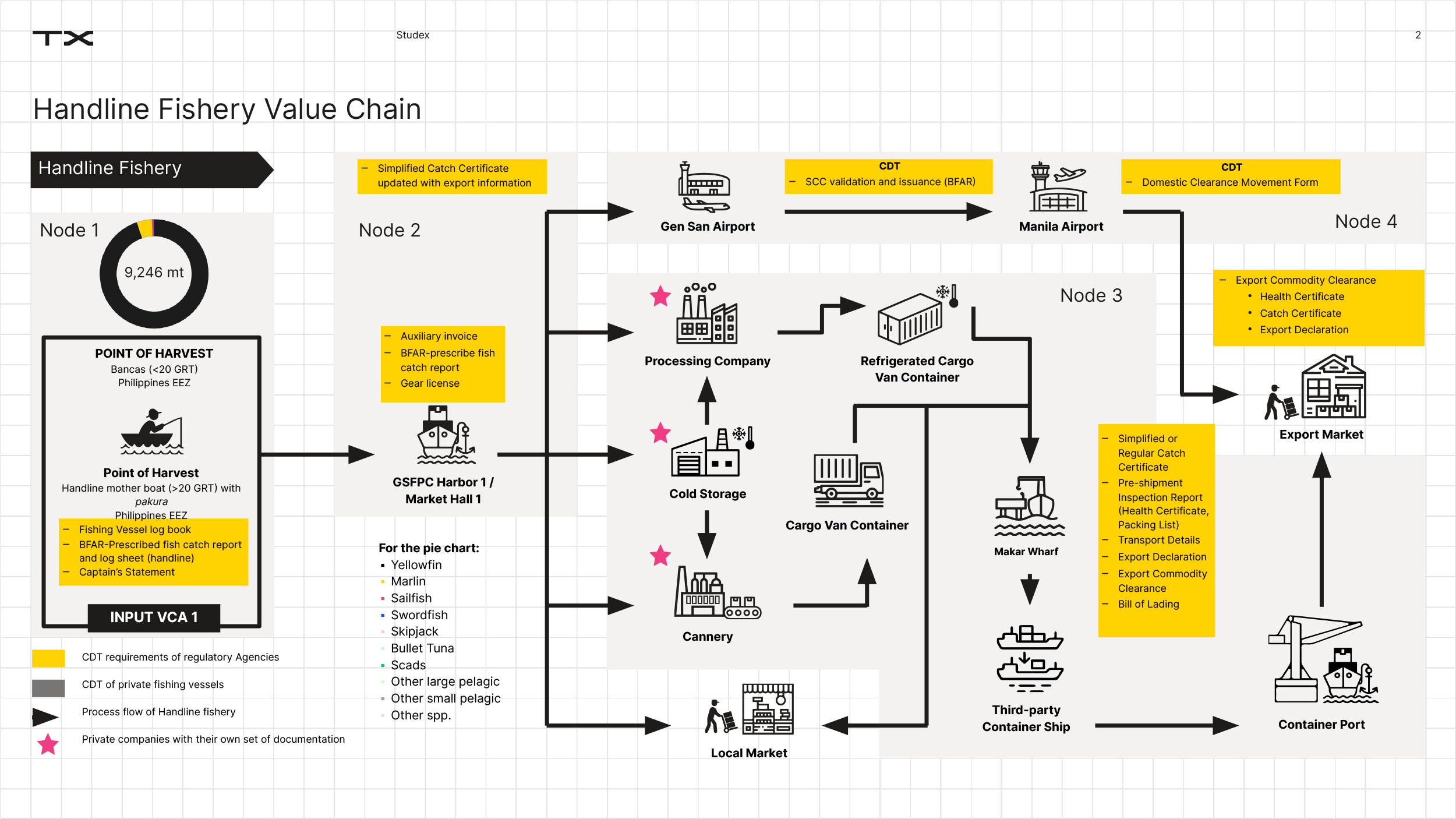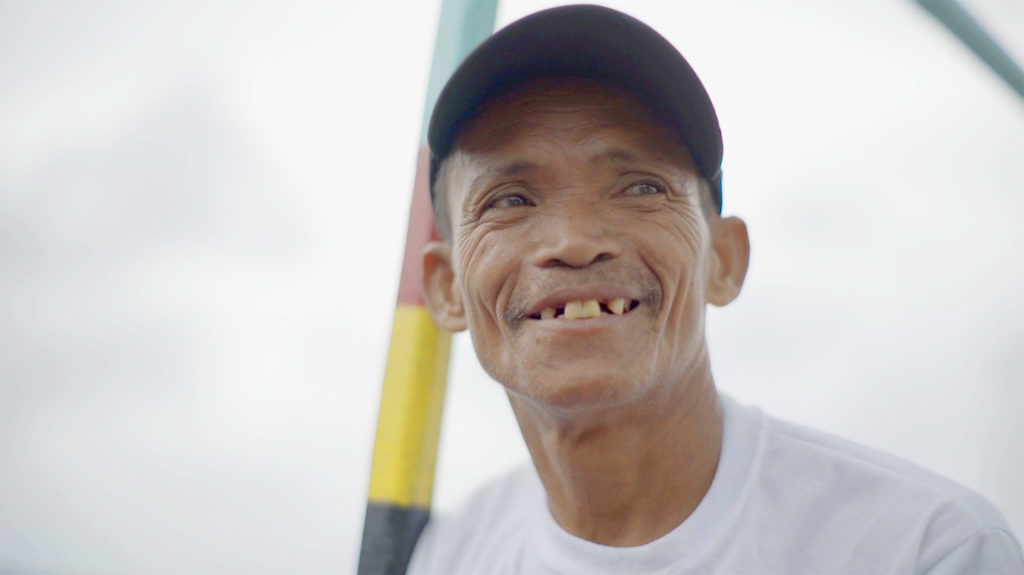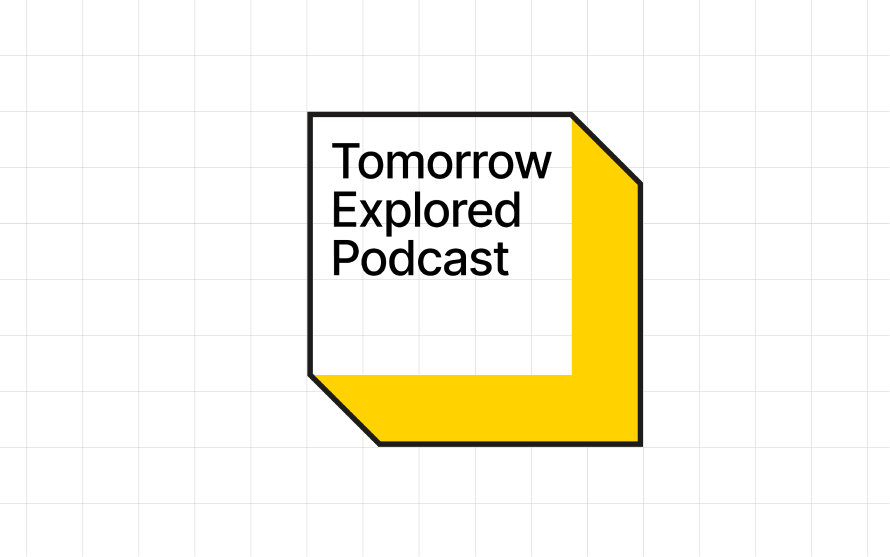Blockchain solves traceability only with accurate data – how we Assess the problem space
2020-08-24

Managing Director at TX
Between 2000 to 2018, the global value of goods exported has shot from 6.45 trillion to 19.5 trillion U.S. dollars. With an increasing demand for exported products, there is also an increasing demand for accurate traceability data. According to the 2019 Food and Health Survey, nearly two-thirds of consumers said recognizing the ingredients in a product impacted their buying decisions. Food labels are becoming more important than ever, as consumers increasingly seek information about the ingredients that go into their food. It’s not just the ingredients themselves consumers are starting to demand. TE Food The Trusted Food On Blockchain suggests, “The pure presentation of traceability information will shift to telling the “story of the food” in a way which the consumers can easily absorb. Attaching photos, videos, inspection documents, nutrition data will make the journey of the food more interesting”.
There is a huge demand for traceability solutions in a multitude of industries, including agriculture, fisheries, aggregates, and high-value products such as diamonds and alcoholic spirits, to name a few. With the hype of blockchain over the last few years, numerous companies are now offering blockchain-enabled traceability solutions, but have failed to improve the overall quality of data being captured and shared. Rightly so, this has led to some fatigue in the use of blockchain in supply chain cases.
This is because a blockchain does not solve traceability issues. A blockchain does play a key role in traceability, as it ensures the data logged is not tampered with once it has been saved to the blockchain. But the fundamental problem that must be solved before data is entered onto the chain is its accuracy and correctness. If the data was inaccurate before it was saved to the blockchain, it will continue to be inaccurate when you come back to access it. Without verification, a blockchain serves as an immutable ledger of garbage data that cannot be deleted. The issues surrounding the quality of data must be solved before it is placed on the chain.
“If the data was inaccurate before it was saved to the blockchain, it will continue to be inaccurate when you come back to access it.”
This is where we do things differently at TX Tomorrow Explored. Our services commence with an activity we refer to as an Assess study. We want to offer our clients more than a software solution, we want to consider the space around the technical problem to understand all the pain points before making recommendations. To make this possible, we have structured our services in such a way that we first analyse the problem space so we can get to the heart of the issue, before we start discussing the software solution. This approach is a result of our team composition. The Assess phase is delivered by a combination of business consultants, service designers and developers. This means that in our analysis, we truly consider both the technical and business aspects of the problem. Issues like the one mentioned above concerning verification are more likely to be identified when analysis is done from a variety of angles — industry, business and technical.
In one of our signature projects, Tracey — a traceability and trade data application used by fisherfolk in the Philippines — we performed an Assess with our partners at WWF, UnionBank and Streamr. In the Assess, we identified the need for a verification solution to support the use of a blockchain-enabled ledger for capturing and disseminating catch information. As a result, Tracey includes functionality that provides fisherfolk with incentives for providing data that has been verified. This makes Tracey a more complete solution for gathering data in the “first mile” of the supply chain. The solution can be applied in other industries that face challenges in ensuring the accuracy of data captured in the first mile.
What does the Assess involve?
Let’s assume you have identified a problem or business opportunity that needs to be addressed with a traceability solution. The first thing we need to do is validate this hypothesis with an Assess study. This low cost activity will give you some level of educated reassurance that a traceability solution is going to solve and deliver the benefits you desire before investing too heavily in a particular software. The Assess work can last anywhere from 2 to 6 weeks depending on the complexity of the project. We do this work in close collaboration with our client — in addition to validating and better understanding the problem, we also want to ensure there is a close alignment on the end vision and objectives as we work through the process. The Assess activity includes:
“Issues like the one mentioned above concerning verification are more likely to be identified when analysis is done from a variety of angles — industry, business and technical.”
- Data Value Chain Analysis: This is the main activity that involves conducting primary research in the form of focus interviews and workshops with the actors in the value chain, coupled with a desktop research investigation on factors surrounding the value chain, such as compliance laws for exporting products and other relevant restrictions that need to be complied with. Undertaking this activity allows us to build a picture of the problem space like the one in figure 1 below.
- Digital strategy: This means how we transition from what you have today to what you’re aiming to have at the end of the project. Effectively, this is a roadmap with key activities identified, which will guide you through the problem space to achieving your objectives.
- Decision gateway: This is an open discussion on the pros and cons of introducing a traceability solution, and whether the business case is realistically viable for your organisation.
- All things being equal and we agree to go ahead, we’ll complete the Assess with an outline description of the recommended pilot, a wireframe of the product and a program for testing.
We work using agile methodologies adopting regular sprints and retrospectives throughout the delivery process.
The illustration below is an example where one of our business consultants conducted an Assess study on a handline fisheries value chain in the Philippines. The key activities throughout the “bait to plate” value chain were researched and surveyed, with consideration given to the main actors, tasks, data collected and disseminated, and legal compliance.

Once the Assess phase has been completed, we move into the Testing phase, which is followed by the Embedding phase. Testing can last anywhere from 8 to 12 weeks depending on the complexity of the app needed. We would always recommend keeping the software solution to a Minimum Viable Product to keep things cost-effective during this period of testing and evaluation. Once some tangible results are retrieved from the Pilot, then the software solution can be improved and optimised, ready for full roll-out in the Embed phase.
We call the final phase Embed, because there’s far more to implementing a good technology solution than simply handing it over. Sometimes changes to processes are needed, training for staff, integration with other technologies etc. Whatever it is, we’ll try to work alongside you throughout the process, until you’re satisfied that the solution is suitably embedded into your organisation and supply chain.

Ben is serial entrepreneur and Managing Director of TX Tomorrow Explored. He has led and structured major private finance transactions in excess of USD $9bn within the road, rail and port sectors. He specialises in connecting web 3 technologies with industry.
This article was originally published on Medium.
Related case study

We’re working with WWF and UnionBank of the Philippines to improve traceability and sustainable fishing
Through this collaboration, we’re developing a blockchain-enabled, decentralised application (dApp), Tracey, that will incentivise fishers to record their catch data and earning capacity digitally.
Related posts

TX Podcast: UnionBank of the Philippines
Ramon Duarte of UnionBank of the Philippines joins us to talk about how innovative technologies in the financial sector are helping to bank the unbanked.
Drop us a message to discuss your project
We’ll get back to you as soon as possible.
Find out more
For information on how we can transform your sector or business, please schedule a meeting or get in touch using the contact details below.



